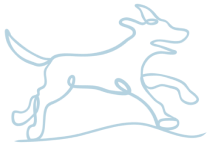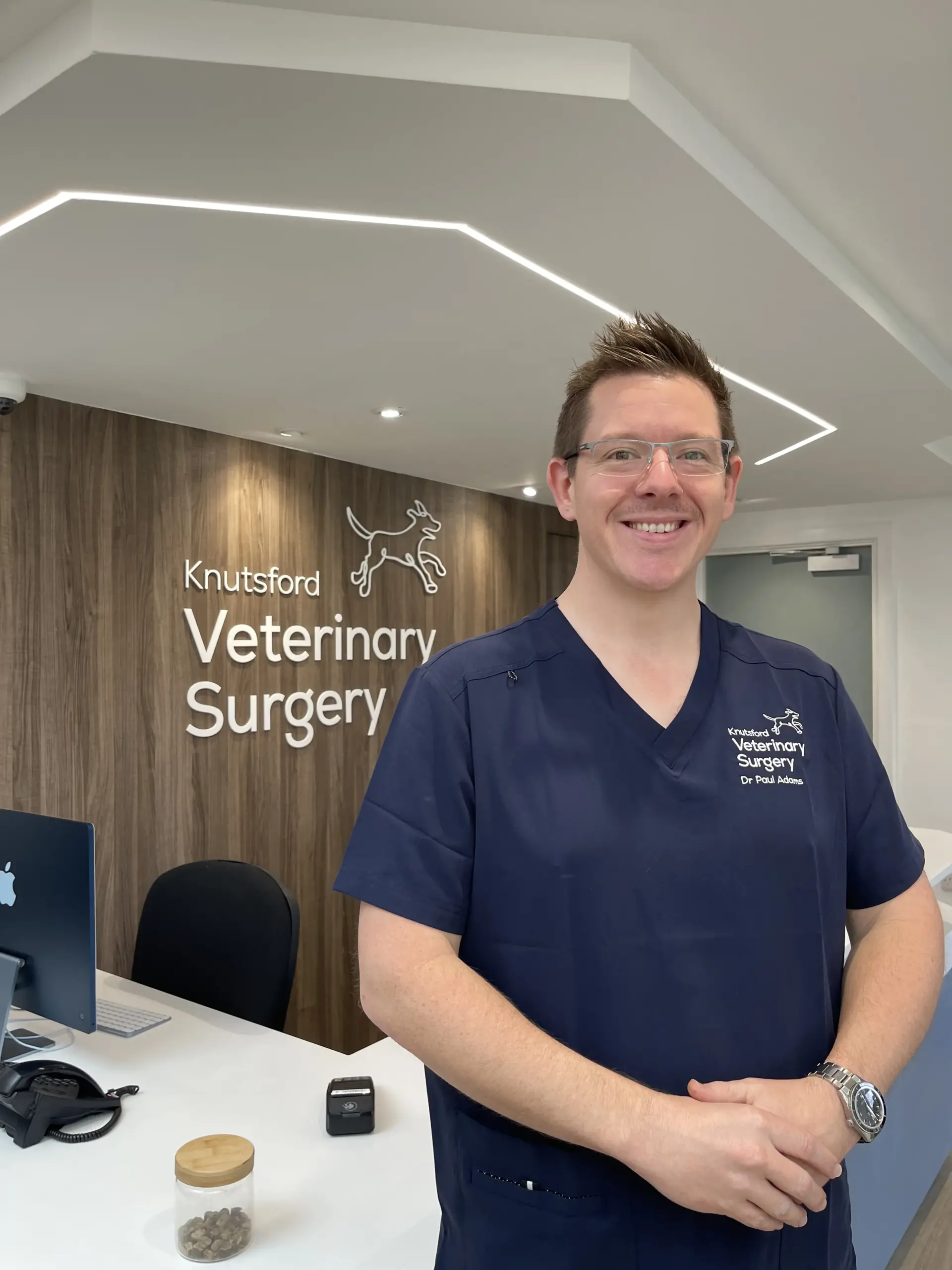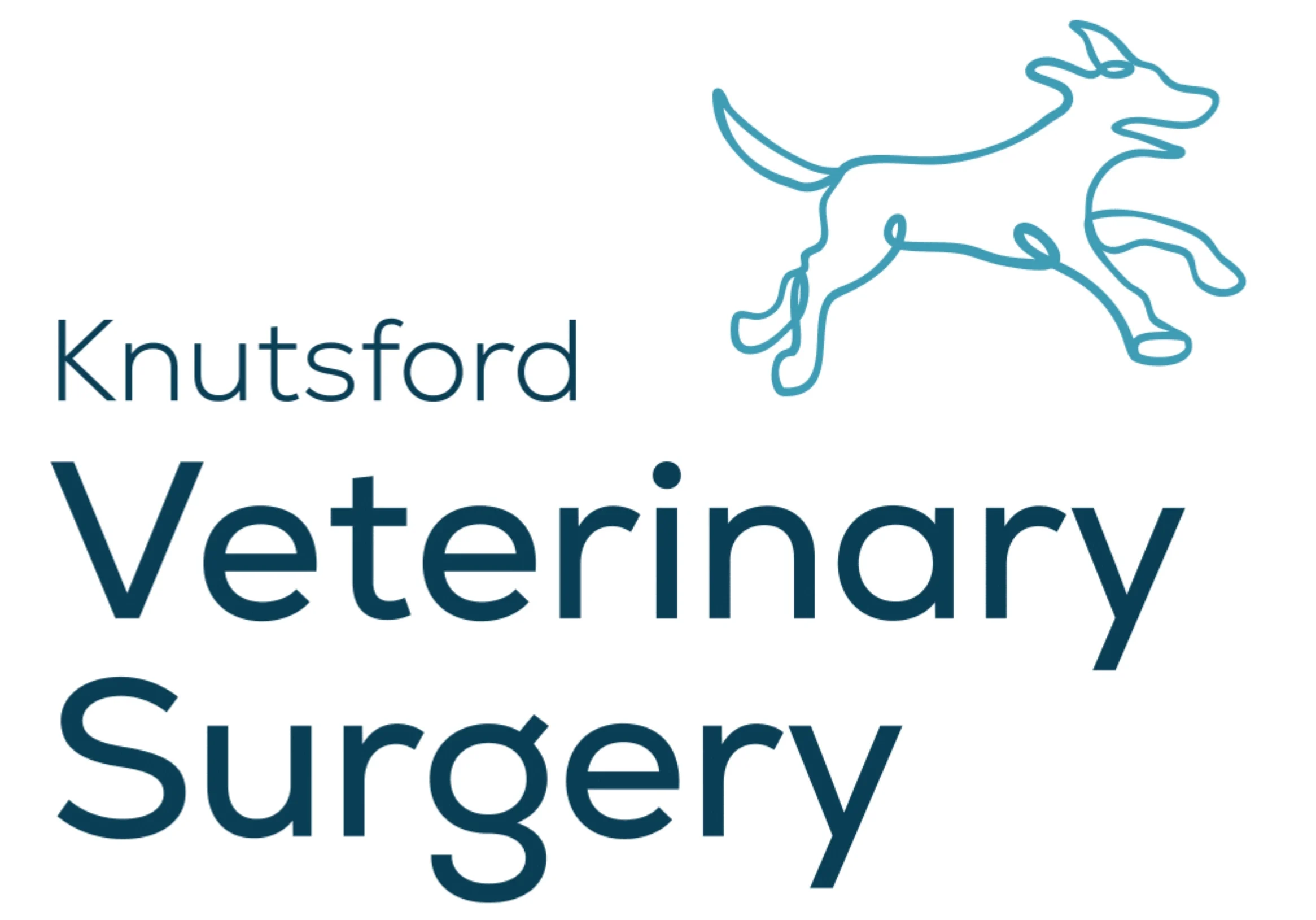Professional Dog Dentists & Dog Teeth Cleaning
Knutsford Vets’ Professional Dog Dental Care
Benefits of Our Professional Dog Dental Service
Dental Procedures
Dental health issues are among the most common problems in dogs. Our passion for dentistry stems from the significant improvements we can make to your pet’s health and comfort in a relatively short time. Ignored, dental disease only worsens, leading to increased pain and discomfort for your pet.
Periodontal disease isn’t just a dental problem; it’s linked to serious conditions like kidney, liver, lung, and heart disease, as well as diabetes and arthritis. Just as advances in human dentistry have extended our lives, the same principles apply to dogs.
Our Modern Two Stage Approach
In our commitment to providing the best care, we’ve adopted a modern, two-stage approach to pet dentistry, mirroring best practices in human dentistry. Not every pet will require a second stage, but just like with humans, it’s better to have regular annual dental care than to wait for a problem to arise.
The main advantage of a two-stage approach is improved safety during anaesthesia. Shorter procedures are significantly safer than prolonged ones, as research shows that anaesthesia lasting over two hours carries higher risks and longer recovery times for pets.
Separating tooth extractions into a second stage reduces the bacterial challenge to your pet, lowering the risk of infection and decreasing the need for antibiotics. This staged approach also allows us to clearly explain the necessity of extractions, showing you x-rays from the first procedure and providing a precise cost estimate for the second stage, eliminating surprises.
Why are Dental X-Rays Essential?
A significant portion—60%—of dental disease occurs below the gum line, making dental x-rays an indispensable tool. They enable us to detect and treat painful issues such as fractures, abscesses, broken or missing roots, and tumors.
While dental x-rays have long been a staple in human dentistry, they are relatively new in veterinary medicine. Many practices may not include x-rays as part of a standard dental procedure, but at Knutsford Veterinary Surgery, we do this as part of our commitment to comprehensive care.
Stage One | Stage Two |
|
|
Does Two-Stage Dental Cost More?
We’ve carefully structured our pricing to ensure that a two-stage approach doesn’t cost more. By planning for any necessary extractions, we provide a clear, upfront estimate for the second stage, ensuring there are no surprises.


X-Ray Equipment
Cutting edge x-ray equipment that allows us to accurately assess any dog dental illness in house

Knowledge & Experience
Expertise to identify dental issues in their early stages

Dental Procedures
The ability to perform a range of dog dental procedures to remove plaque build up and polish the tooth surface

Nurse Appointments
One-to-one dog nurse appointments to help you improve your dog teeth cleaning routine

Effective Treatment
Treatment for serious teeth or mouth infections occurring in dogs

Onward Referral Process
Onward referrals or ongoing management for more specialist pet dental conditions
// Book Now //
Book an appointment at Knutsford Vets Surgery to give your pet a dental check-up or to help identify any potential dental illness.

What our vets say
“Our pet’s dental health can play a big role in helping them maintain a good quality of life. That’s why it’s so important you adopt a good tooth brushing routine and book regular check-ups.”
Dr Paul Adams, Clinical Director
Why Is Dog Dental Care So Important?
Preventative Dog Dental Care & Dog Teeth Cleaning
It’s not just young dogs that can be taught to accept brushing, but we can also help older dogs too. For a quick guide on how to brush a dog’s teeth, watch our video below.
State of the Dog Art Dental X-Rays
Tooth Fractures
Horizontal bone loss
Tooth Root Abscesses
Cancer
Retained Baby Teeth
Malocclusions
Jaw Fractures
Other Services
Other Services
Contact Us Now
Our knowledgable team are always happy to answer your queries, no matter how great or small!
Contact Us Now
Our knowledgable team are always happy to answer your queries, no matter how great or small!
